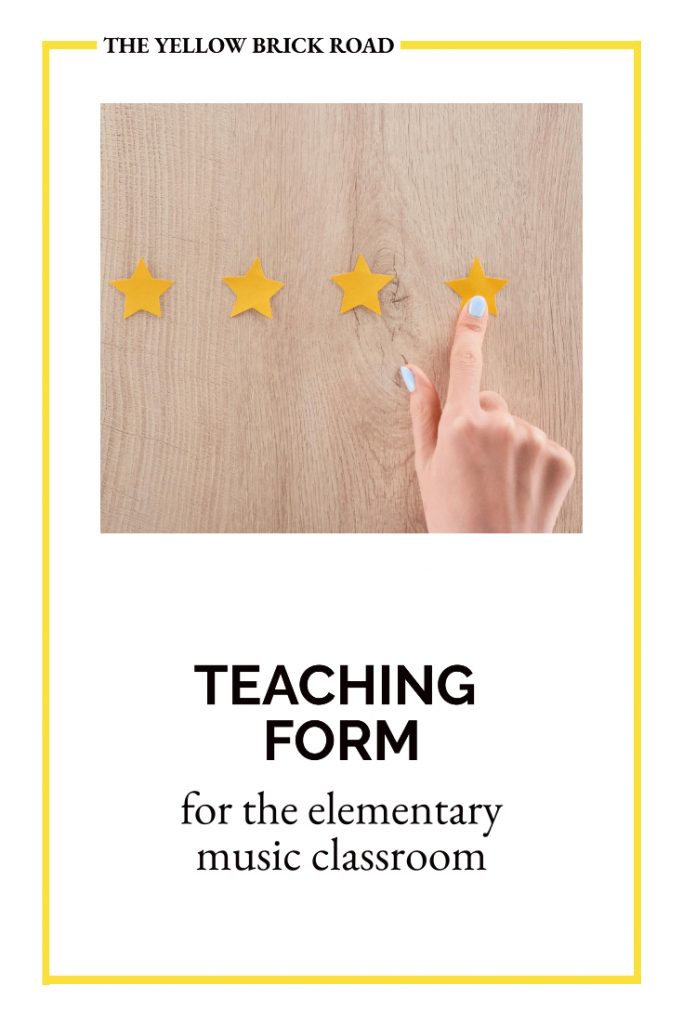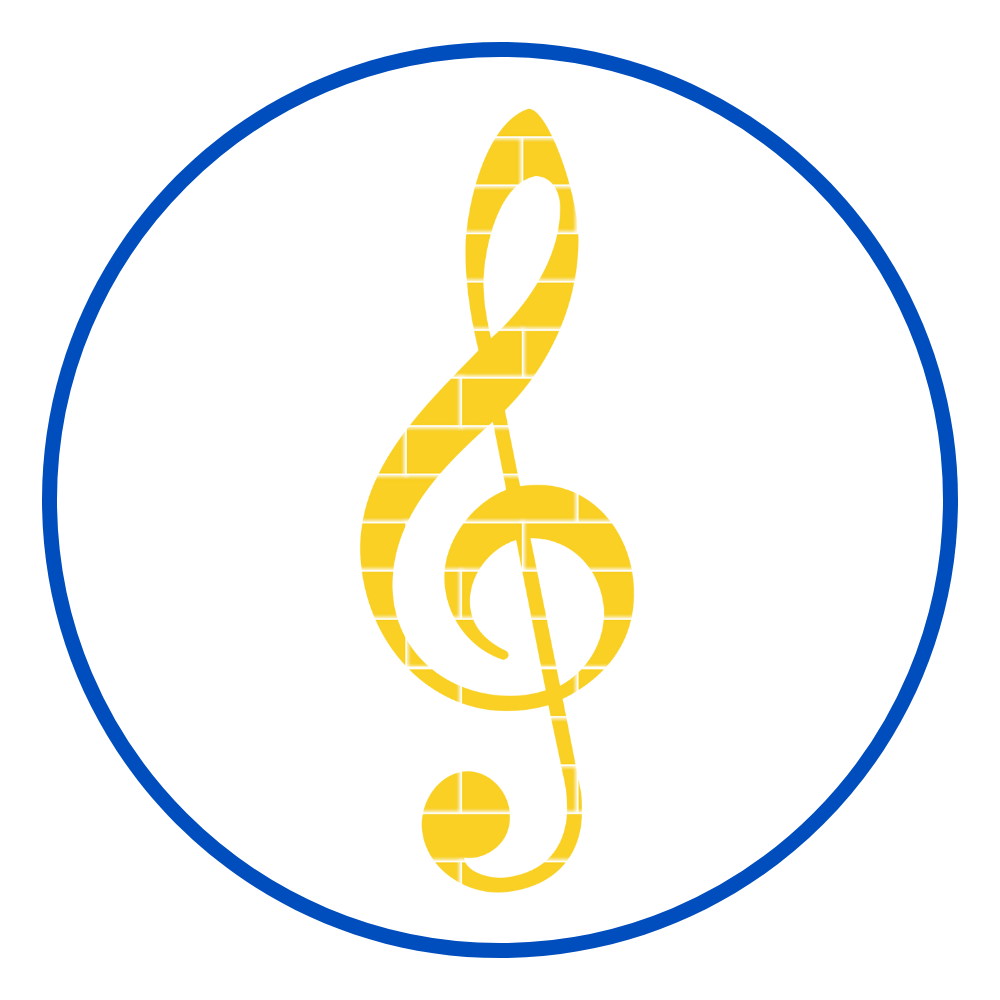Teaching form to kindergartners looks much different than teaching form to third graders. However, the commonality is that students need to experience the concept first, and one great way to do that is through movement.
Today, I’m going to focus on the song Twinkle, Twinkle, Little Star and discuss how you might teach the form (same and different parts) to your kindergarten class.

“Vocal activities should be pitched in the keys of F and G. These keys ensure that children can access their head voice, the preferred vocal placement” (Feierabend, 2018). Therefore, I would encourage you have the students focus on moving to the same and different parts while you sing the song for them. Not only will this be a good chance for you to model a healthy tone, but it will allow students to focus solely on listening and their own movements.
MOVING TO SAME AND DIFFERENT PARTS
For this activity, it’s necessary that you have stuffed animals for each child. If you don’t already have a collection, ask for donations from staff members (including those at the middle and high school levels). Also, request that the items are cleaned prior to donation. Lastly, consult your school nurse about ways to disinfect the items throughout the year. If donations just won’t cut it, you can search for budget-friendly options HERE.
Pass out one stuffed animal to each student. Then, ask them to pretend that it’s time for the animal to go to sleep. Show students how to gently rock the animal back and forth during the A sections. During the B section, have students place the animal on their shoulder and stroke its back. Then, sing the song for them and have them do the movements.
Once you’re finished, ask the students if their animals fell asleep. If not, do it again. If the animals are asleep, tell the students it’s time to wake up, and have them wake the animals. Then, repeat the song and motions again. In my experience, the more you play along and engage in make believe, the more invested your students will become in the activity. Playing make believe was one of my favorite things about the elementary music classroom.
DISCUSSION
After several repetitions, ask students what they noticed about the song. Ask leading questions, such as “Were some of the parts the same?”, “Which part was different”, and “Which parts came first and last?”
Lastly, you can play the following video as they do the movements again.
This time, don’t sing for them, but let them hear the melody and do the movements on their own. If they are able to do the movements without your help, then it means they are hearing the same and different parts in the melody.

